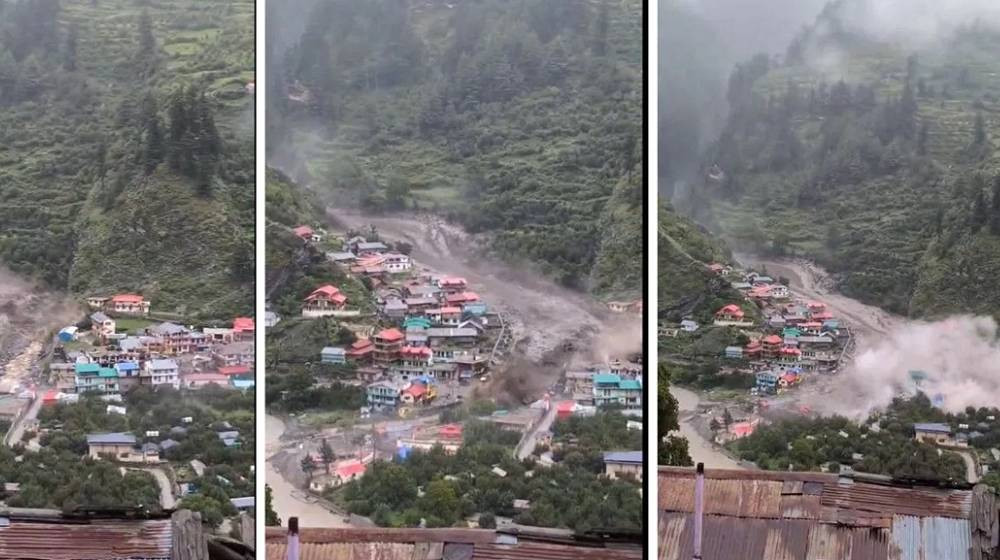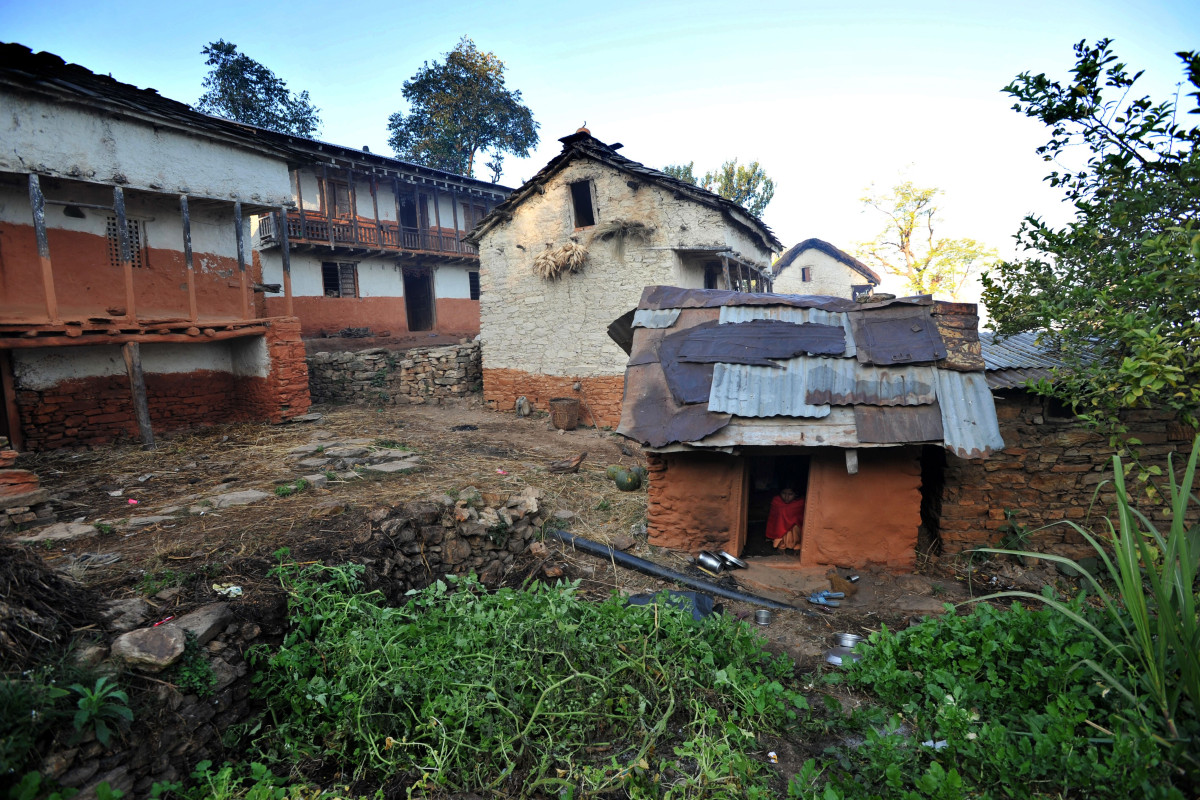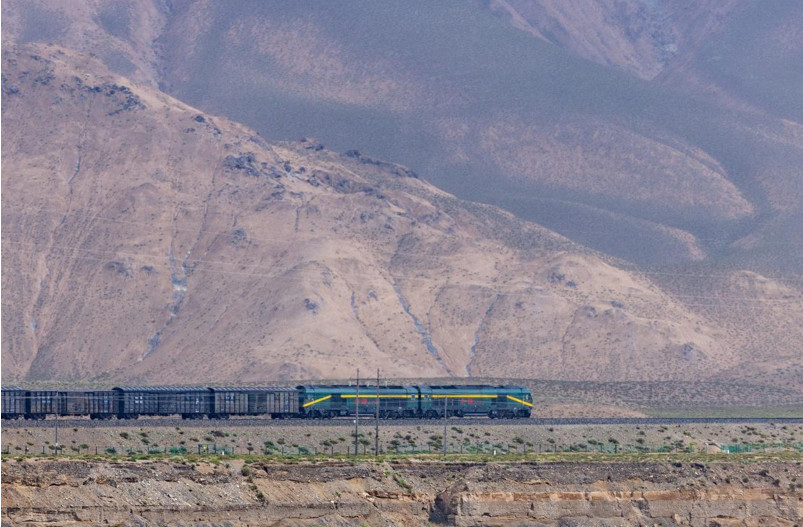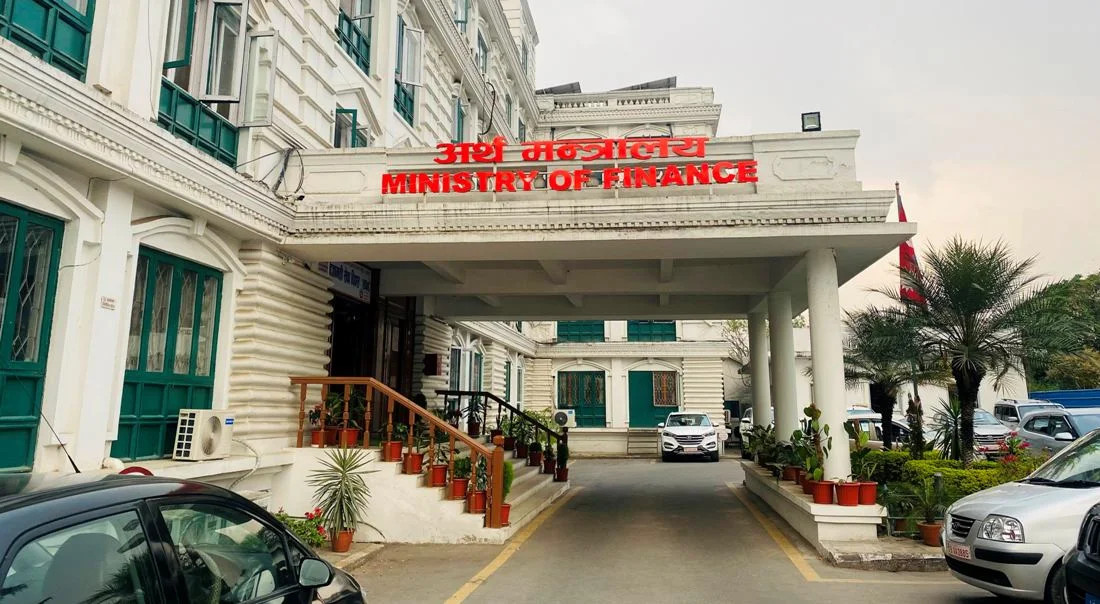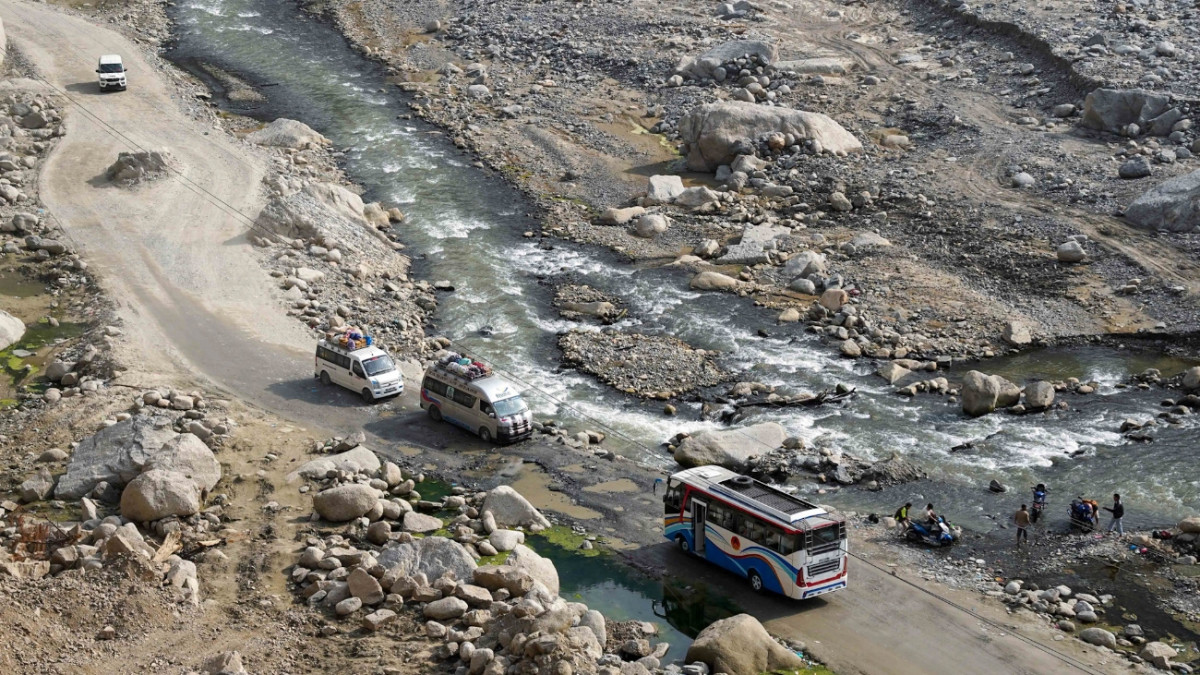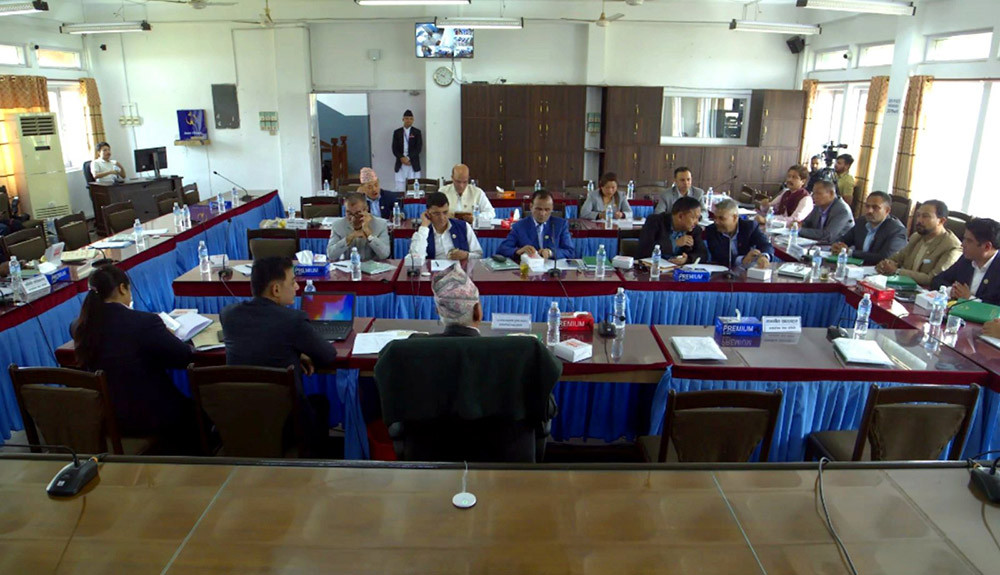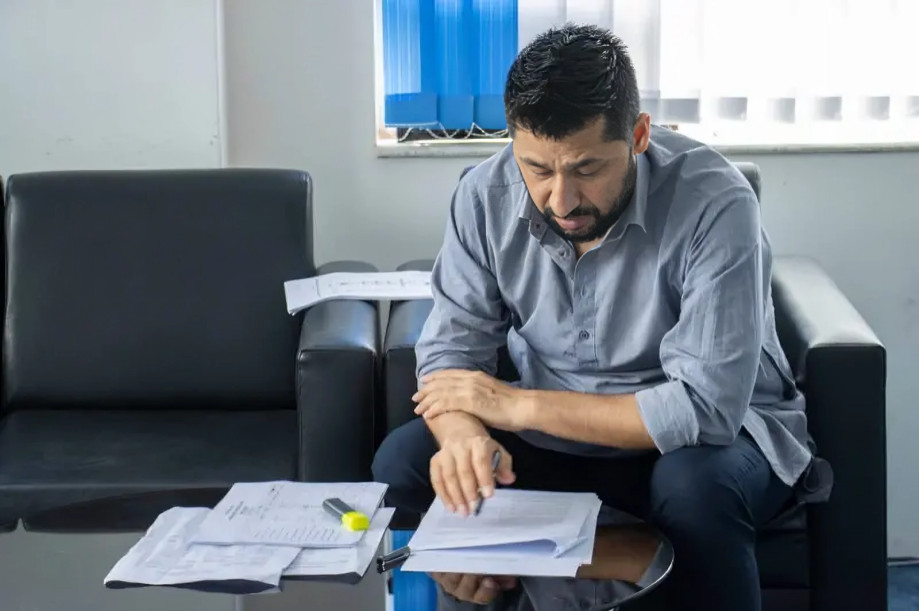The Italian government has greenlit a long-debated €13.5 billion ($15.6 billion) project to construct what would become the world’s longest suspension bridge, connecting the island of Sicily to the Italian mainland across the Strait of Messina.
The controversial state-funded project, hailed by Prime Minister Giorgia Meloni’s coalition as a transformative infrastructure initiative, is being promoted as a much-needed economic stimulus for southern Italy. The bridge is scheduled for completion by 2032.
"This is a demonstration of Italy's willpower and technical expertise," said Meloni, adding that the project would "form the backbone of a faster and more modern nation."
Engineering Marvel
Once completed, the bridge will feature a suspended span of 3.3 kilometers (2.05 miles) - surpassing the current world record held by Turkey’s 1915 Çanakkale Bridge. It will include two central railway lines and three traffic lanes on each side, supported by two towers standing 400 meters (1,300 feet) tall.
Designed to endure high winds and earthquakes in this seismically active zone, the bridge aims to dramatically cut travel time across the strait-from over an hour by car ferry and two hours by train to just 10 and 15 minutes, respectively.
Economic Ambitions
Deputy Prime Minister Matteo Salvini, who also oversees transport and infrastructure, said construction could begin as early as September or October. He called the project a “development accelerator” that would boost economic growth in Sicily and Calabria and generate tens of thousands of jobs, many of them skilled.
Controversy and Criticism
Despite government enthusiasm, the project has drawn significant criticism. Environmentalists and opposition politicians argue that the funds could be better allocated. Nicola Fratoianni of the Greens and Left Alliance warned it could become “a gigantic black hole” of public spending, while the Democratic Party criticized the project for “trampling environmental, safety, and European norms - and common sense.”
Italy’s Court of Auditors also raised concerns about the scale of investment amid a debt-laden national budget, and prosecutors in Messina have cautioned against the risk of mafia involvement. Salvini has assured that strict measures will be in place to prevent criminal infiltration.
Strategic Angle
The project may also serve a strategic purpose. Italy hopes to classify the bridge as part of its NATO defence spending, given that Sicily hosts a NATO base. Under NATO guidelines, up to 1.5% of a member state's GDP may be allocated to defence-related infrastructure.
A Bridge 50 Years in the Making
Plans for the Messina Bridge date back more than five decades. The current contractor, Eurolink - led by the Italian construction firm Webuild - originally won the tender in 2006. However, the project was scrapped during the eurozone debt crisis. It has now been revived under renewed political will and strategic incentives.
Still, skepticism remains. Critics point to Italy’s history of stalled megaprojects, warning that the bridge may yet join the list of grand ambitions never realized.


.gif)



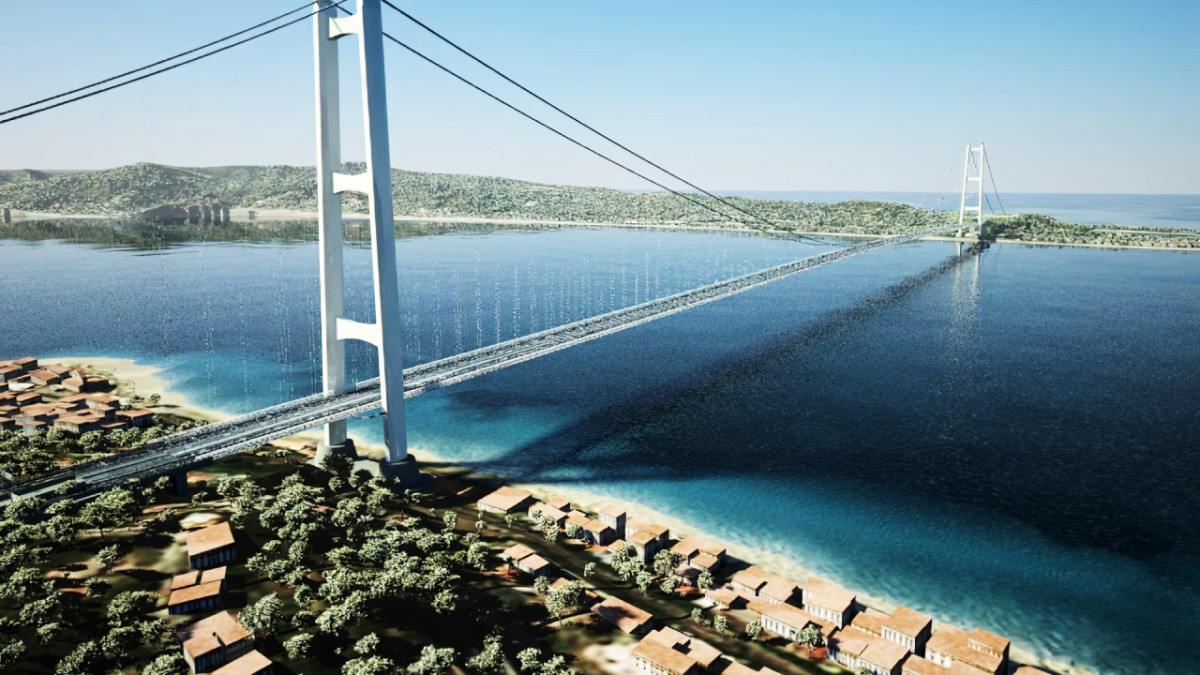


.jpeg)
.gif)
















